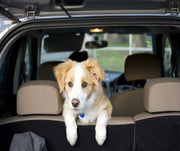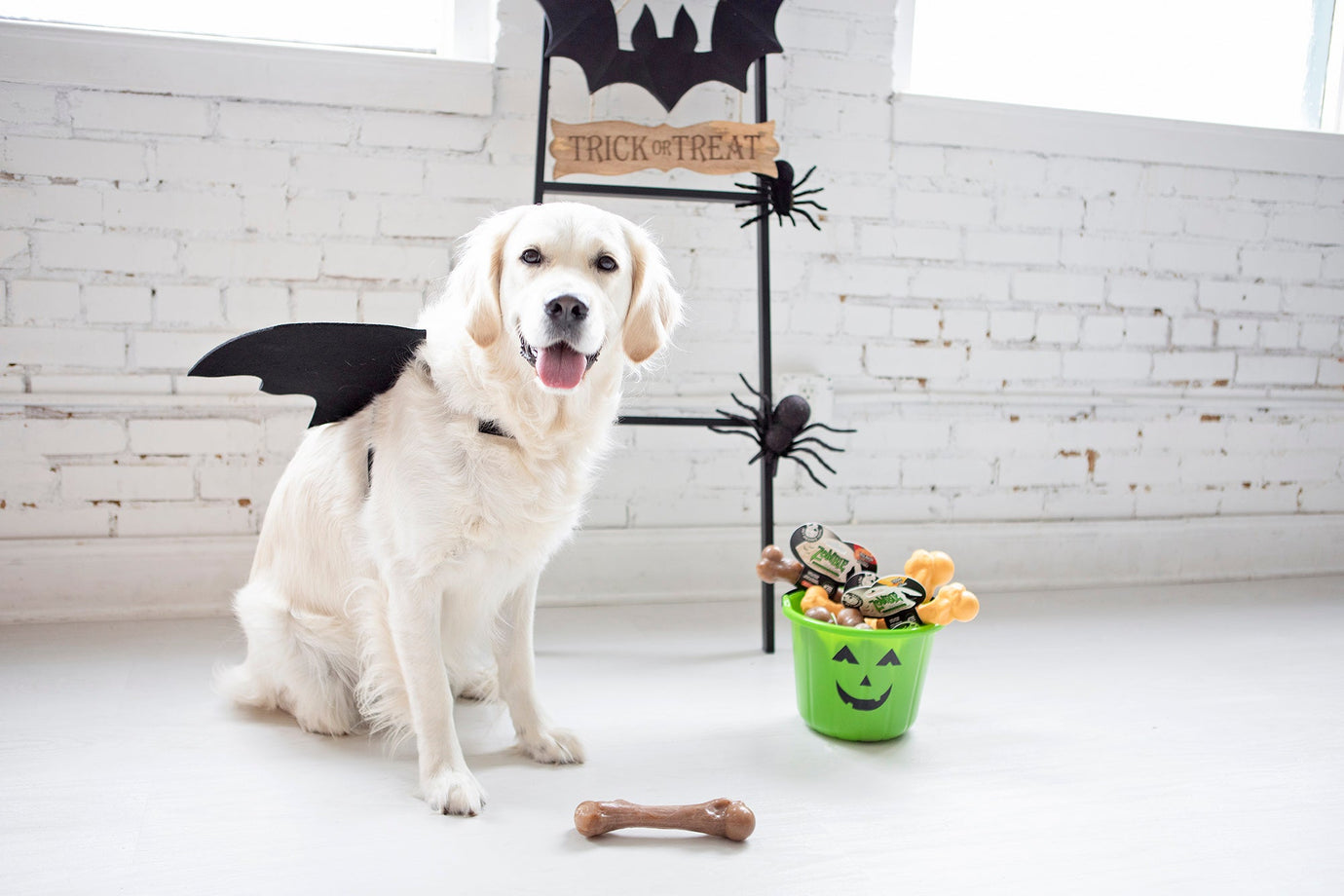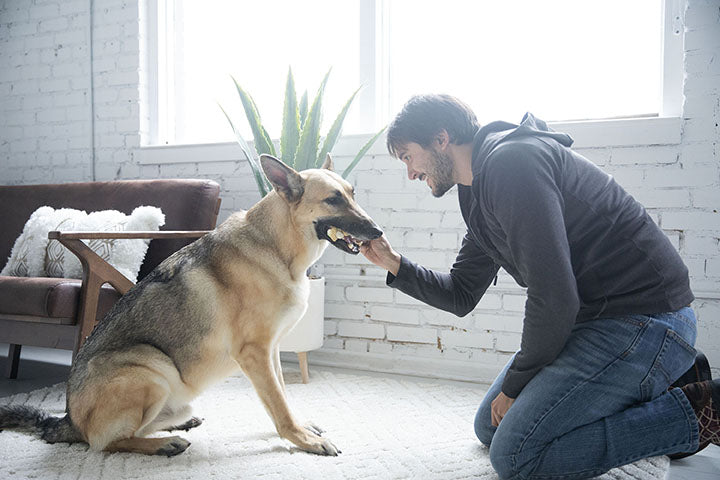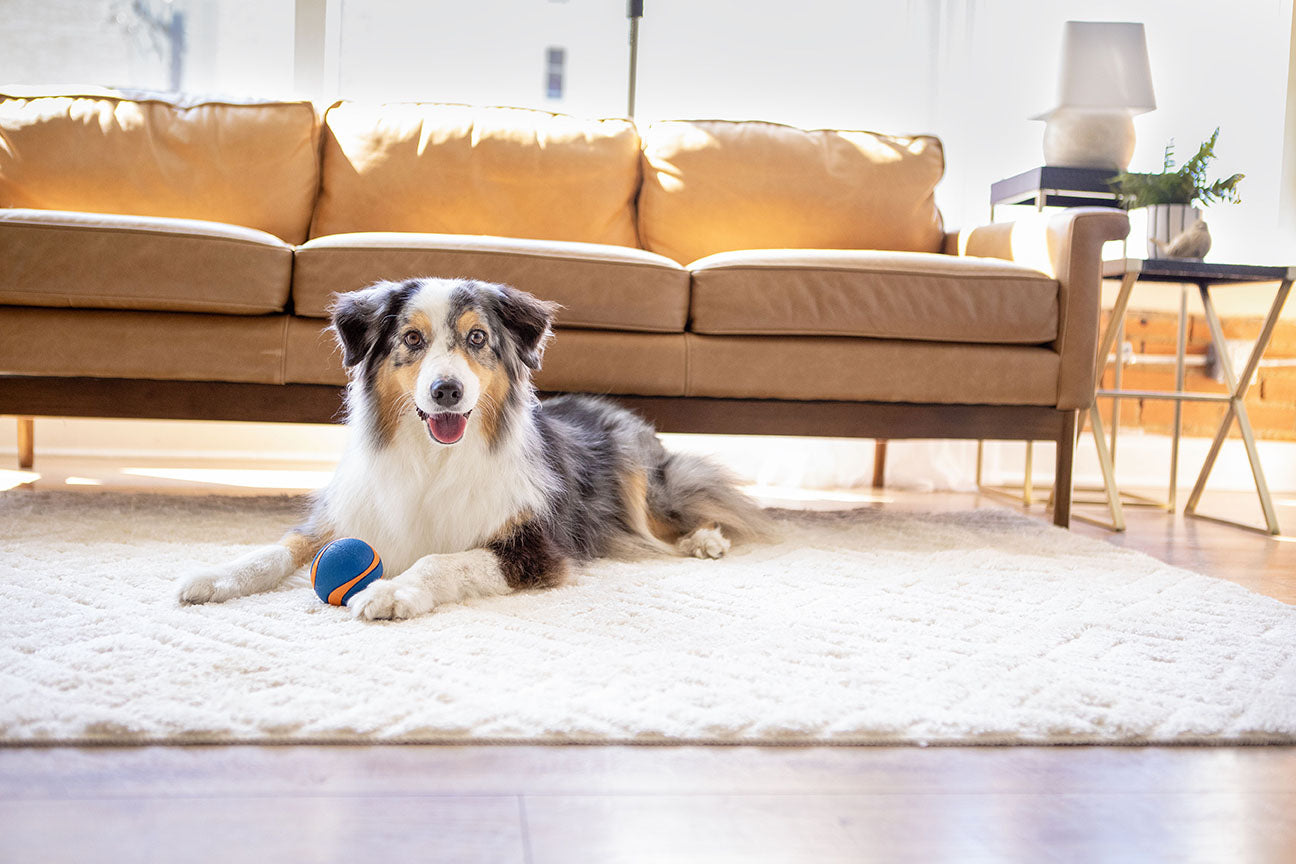How to Get Your Cat to Love The Kennel

Written by Emily Parker, Catological.com
Your cat's fervent protests against kennel travel are understandable. A kennel can represent confinement and being taken to a scary place. Most likely the destination is a cold exam table at your vet's office, where Kitty is handled by folks seen as strangers. A disorienting car ride further escalates Kitty's fear.
Still, your feline can acquire a taste for travel. Here's how to help Kitty warm up to her kennel.
1. Use A Kennel That’s Designed With Your Cat’s Comfort In Mind
- Ideally, choose a kennel with the following features:
- Rigid plastic construction fosters feline security by reducing jostling.
- The interior must be large enough for Kitty to easily stand and turn around.
- It should also facilitate a smooth entry and exit.
- Two doors are best, one at the top for human use, and one in the front for Kitty.
- A top-loading hatch lets you access a traumatized cat with minimal struggle. The doors should allow Kitty to see, preferably through a mesh screen or wire door.
- A vital feature is ample ventilation.
- A short top handle allows a firm grasp, so Kitty doesn't slide and sway during transport.
When kennel shopping, note the weight ranges for each kennel and use Kitty's weight as a reference point for whether the kennel will be comfy. Additional measurements, like length from nose to tail and your cat’s height, may also be required to ensure a perfect fit.
Our 2-door top-load kennel has all of these features and more!
2. Keep The Kennel Visible and Accessible In Everyday Life
Next, desensitize Kitty to the kennel.
Display it with the door removed or propped open, in a location your cat frequents. Preventive Vet advises against kennel placement near Kitty's food bowls and litter box. The jolt of seeing the kennel in personal quarters can trigger missed meals or "accidents" elsewhere in your house.
Once you've chosen a spot, christen the kennel with Kitty's scent. Since felines have keen noses, instilling the kennel with Kitty's smell makes it seem familiar and safe.
To do this, pet your cat with a soft towel, and spread it across the kennel floor. Note that the towel material shouldn't be too thick, else it can crowd Kitty's movement.
Now, entice your cat to explore the kennel with a treat near the entry. Once eaten, place another treat at the door. Invite Kitty to explore the inside by tossing treats to the middle and rear of the kennel. Once your cat is well inside the kennel, reinforce the achievement with petting and praise.
3. Include the Kennel In Fun Activities
This is where you can really make a difference in your cat’s behavior around kennel-time.
If you have a pole toy, wiggle it near the kennel, prompting your cat to play. Or, put a few toys around and inside the kennel.
This strategy creates a pleasant association with the kennel.
If Kitty reacts well to catnip, use a toy infused with the scent, such as those shown here. If your cat has never encountered catnip, brief yourself on her possible responses by reading this article.
Most cats will have warmed up to the kennel by this point.
But what if Kitty staunchly refuses to accept the kennel?
Remove the top piece, inviting your cat to nap in the lower section. Or, try feeding Kitty there. Using the kennel for favorite activities further portrays it as a nice hangout.
Once Kitty warms up to this arrangement, reassemble the kennel. Then, leave a few treats and toys inside the kennel, keeping the door propped open.
4. Reward Staying Inside the Kennel
Next, add the element of a closed door.
When you see Kitty lounging inside the kennel, gently secure the latch. After five seconds, reopen the door.
If your cat flees, wait for another opportune time, and repeat the sequence. However, if Kitty stays inside, reward the desired behavior with a treat or a snack of her favorite cat food.
A few times daily, get Kitty accustomed to being enclosed in the kennel for a few seconds. Gradually, increase the time of enclosure, reinforcing Kitty's calm acceptance with treats.
During these sessions, remain visible to Kitty. Otherwise, your cat may feel abandoned and panic. Continue this phase of acclimation for a week.
Now, with your cat inside the kennel, stroll through the house. Back in the normal spot, gently release Kitty, celebrating the accomplishment with cuddling and a treat.
For the next week, take a daily "kennel walk." Otherwise, leave the kennel door open, with Kitty's toys nearby.
5. Take A Feline Test Drive
Now that Kitty's cool with the kennel, broach the next fur-raising aspect of travel — the car ride. But make sure to go somewhere that is NOT stressful to your cat.
With this phase, you're breaking the association between travel and a vet visit. This way, Kitty links the car to fun, carefree jaunts.
A few times weekly, invite Kitty inside the kennel for a five-minute car ride. If another adult isn't available to hold the kennel and keep it secure, fasten it with a seat belt.
While driving, speak reassuringly to your cat or softly play instrumental music. Back home, commemorate the trip with a treat and playing or cuddling together.
Success!
Once Kitty sees both the kennel and car as fun, traveling should get easier. When this occurs, pat yourself on the back, you super cat parent!
Previous article

Related posts
View all-

Halloween Pet Safety: Keep Your Furry Friends Safe & Happy
-

National Dog Week: 7 Fun Ways to Celebrate with Your Pup
The last full week of September marks National Dog Week: a tradition going strong since 1928. Founded by Captain William Lewis Judy, this celebration was created to promote responsible dog ownership, reduce the number of stray dogs, and honor the incredible role dogs play in our lives.
Read Article -

How to Prep Your Pet for Fall: Grooming and Wellness Tips
As the days grow shorter and the crisp air settles in, our routines naturally shift; long walks become brisk outings, and cozy nights become the norm. Like us, pets feel these changes. Helping them ease into the new season ensures they stay happy, comfortable, and healthy.
Read Article




